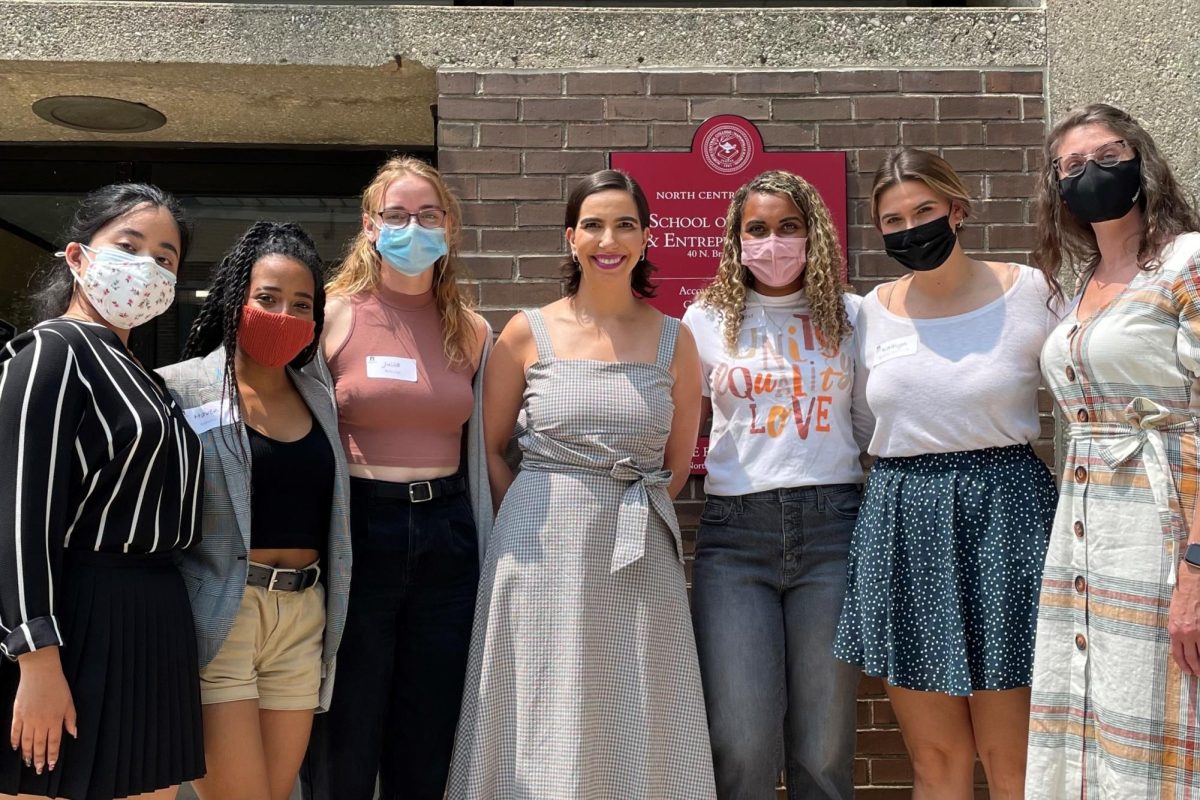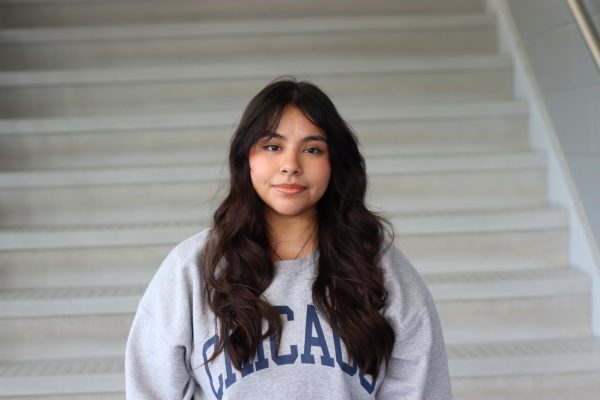The League of Women Voters of Naperville hosted a virtual presentation, “When Naperville Was a Sundown Town,” featuring Dr. Raleigh Blasdell, associate professor of criminology and sociology at North Central College. The presentation dived into Naperville’s history of racial exclusion practices and the policies that prevented Black individuals from remaining in the city after dark.
A sundown town refers to a town that intentionally kept its population almost entirely white through discriminatory practices, often using intimidation and violence. According to Unvarnished History, Naperville, Illinois was considered a sundown town for nearly 80 years. This was done through exclusionary practices such as racial housing restrictions that included preventing nonwhite residents from owning or renting homes. Dr. Raleigh Blasdell said it was difficult to label whether Naperville was a sundown town.
“What we’re seeing conflicting records on whether or not there were formal written policies or whether or not Naperville was an informal sundown town,” Blasdell said. “So that sort of remains unknown, whether or not there was an official written curfew, or if that was something the community informally enforced.”
Dr. Blasdell collaborated with a team of North Central College students and shared their findings from research conducted in 2022. Their work explored various aspects of Naperville’s racial history, including the role of local churches, zoning laws, and public school’s impact on city demographics. Blasdell emphasized the importance of recognizing the long term effects of Naperville’s history.
“This helps us to understand our past, in doing that it helps us to be able to analyze contemporary issues that are very common in many former sundown towns,” Blasdell said. “These are really powerful teaching tools that are going to help us critically evaluate these historical narratives that are related to race.”
The presentation highlighted specific ways these policies affected Black individuals, including the disadvantages Black business owners have faced.
“We couldn’t find a lot of Black owned businesses [in Napervillie] and we couldn’t find a lot of information on those that did exist, and those who did exist weren’t promoting themselves as Black owned businesses,” Blasdell said.
Dr. Blasdell also discussed the influence of Naperville’s churches, which played both exclusionary and progressive roles at different times in history. While some religious institutions supported segregation, others advocated for inclusion and equality. The presentation also touched on how Naperville’s public schools have addressed race and diversity over time.
Attendees had the opportunity to participate in a discussion about the lasting effects of Naperville’s past as a sundown town. Many wanted to learn more about how the city can acknowledge its history and take steps toward fostering a more inclusive community. Blasdell expressed why having uncomfortable conversations is needed to progress.
“Having these conversations and getting uncomfortable with our past is so important because it prompts this examination of present day disparities that are rooted in these historical practices,” Blasdell said. “This examination isn’t just a task, it’s a call to action that we all can play a role in.”






Mason Dang • Feb 23, 2025 at 4:16 pm
Probably the most important thing I’ve read on Metea Media.